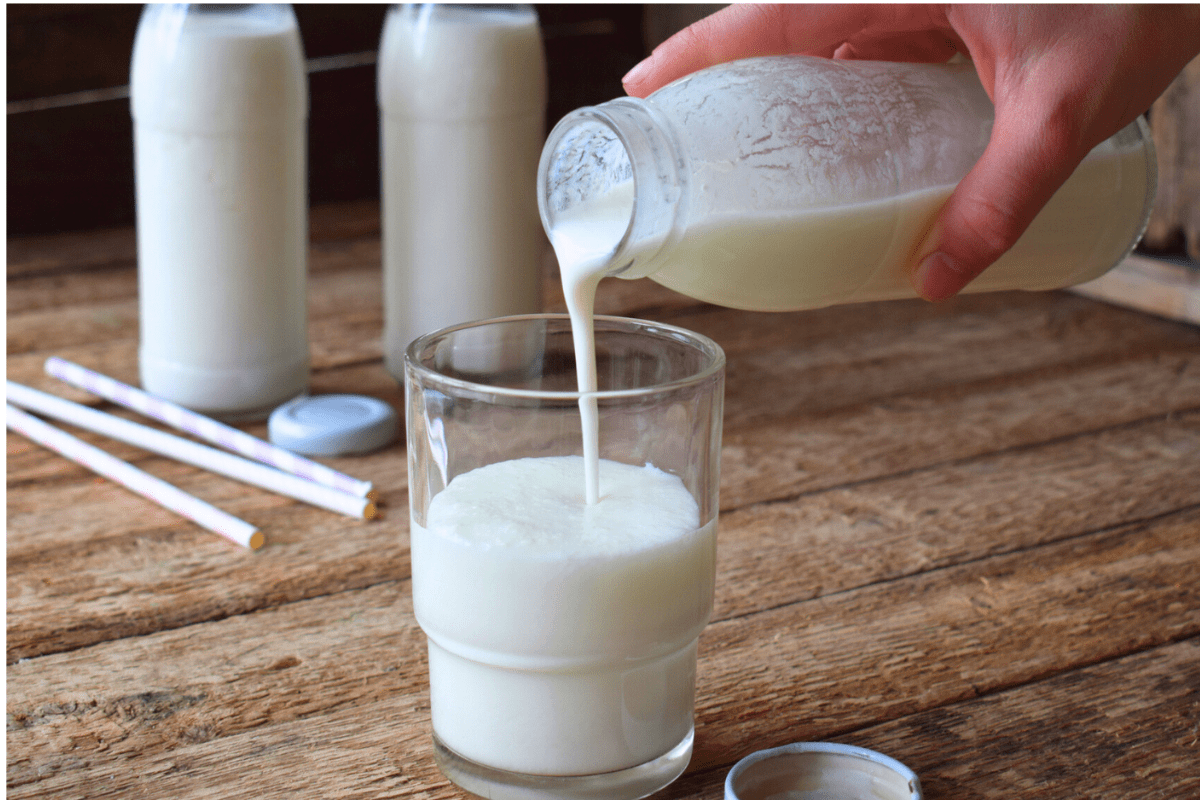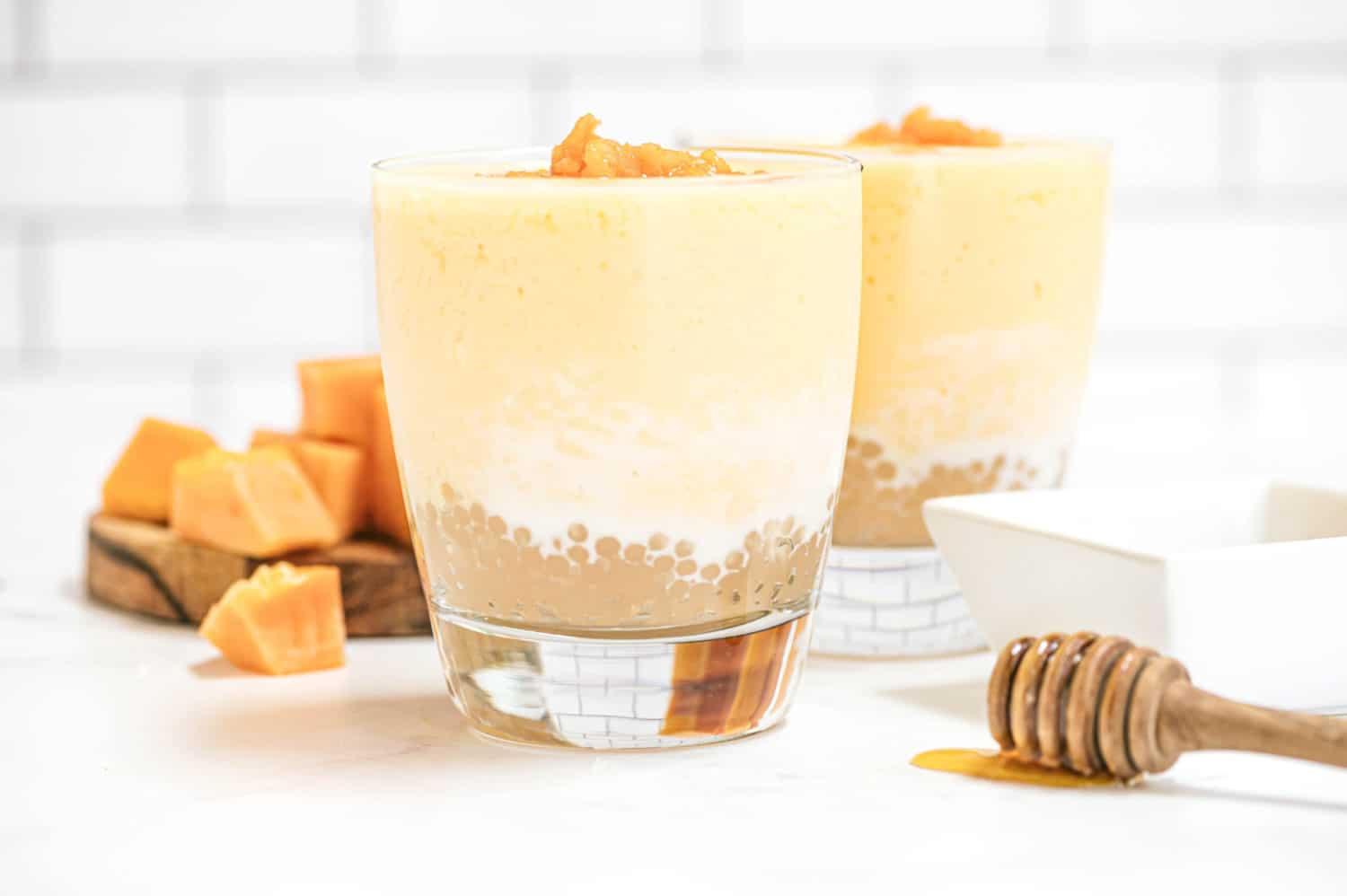What is pasteurization and why do we use it?
Pasteurization is the process of heating milk (or other food products like juice, eggs, or beef) to kill pathogens. It was invented by Louis Pasteur in 1864 when he found that heating beer and wine killed bacteria that was causing spoilage.
Pasteurization is a precise process – one which heats milk and other dairy products for very specific amounts of time and at certain temperatures to kill bacteria and germs, but not alter the nutrition or taste of the product. Pasteurization has made milk one of the safest foods in the world.
There are several types of pasteurization now available as we improve on Louis Pasteur’s original process:
- High Temperature Short Time heats the milk to 161 degrees Fahrenheit for approximately 15 seconds.
- Ultra-High Temperature heats the milk to 280-300 degrees Fahrenheit for approximately 2-6 seconds.
Both types of pasteurization then immediately cool the milk back down to below 40 degrees.
The primary difference between the two is shelf life – high temperature short time pasteurized milk is the gallon jug you are used to at the grocery store that is typically dated 1-2 weeks from time of purchase. Ultra-high temperature milk (or aseptic milk), on the other hand, is often dated several months in the future. Both are delicious and nutritious real milk that is safe from bacteria and harmful pathogens.
Before pasteurization, milk could not be stored for very long and it was not transported easily. With pasteurized milk, you can feel confident knowing that your milk is not only good for you, but safe and easy for you to purchase at a grocery store near your home. Cheers to that!




